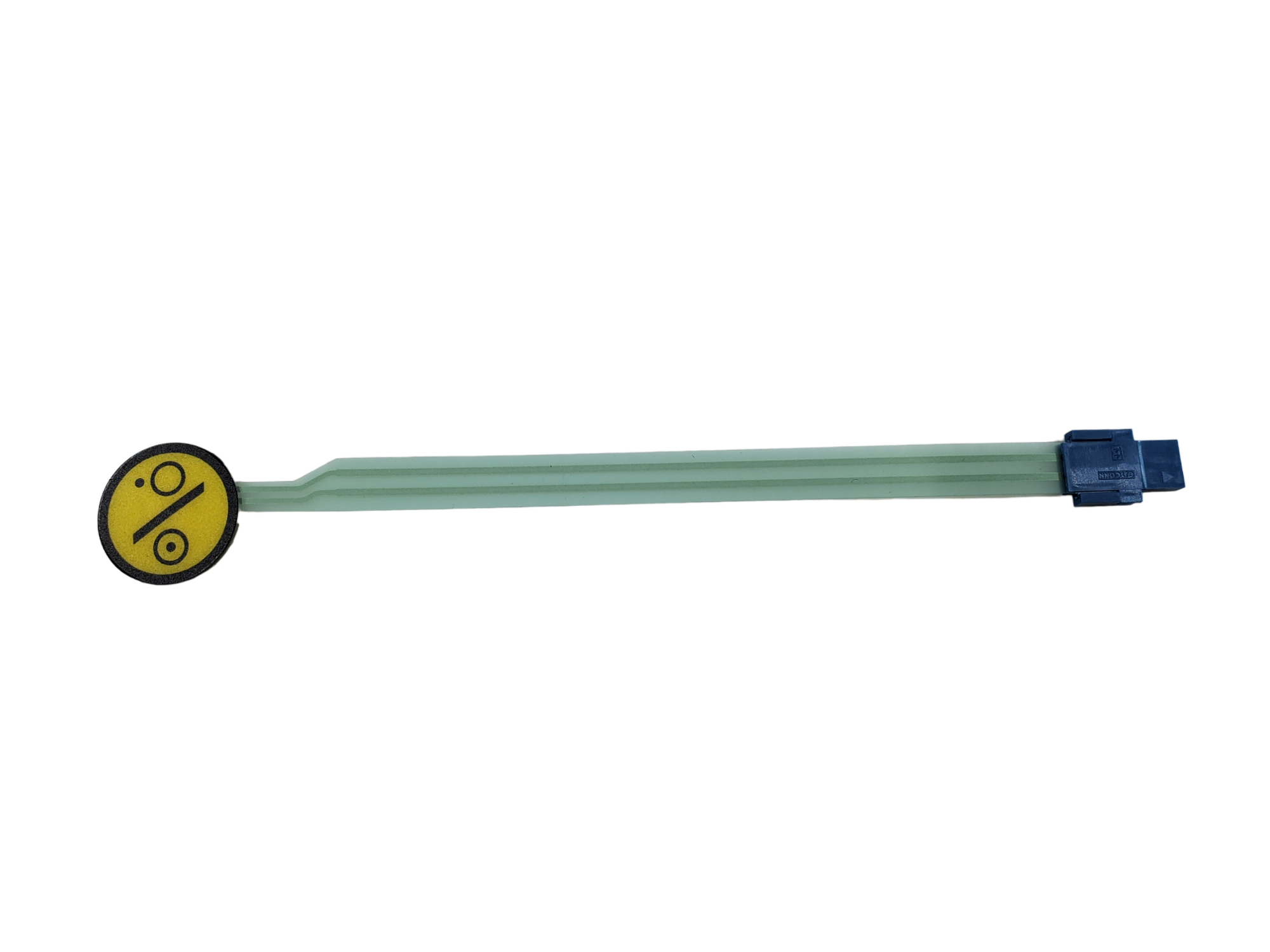Understanding Membrane Switches Over: The Secret to Dependable and sturdy Controls

What Are Membrane Switches?
Membrane layer switches are an advanced option in the realm of interface innovation, integrating functionality and style flawlessly. These tools act as an interface between individuals and digital systems, integrating a number of elements right into a compact style. Typically created from flexible, slim layers of products, membrane layer switches are created to reply to touch, making it possible for individuals to communicate with machinery and digital tools effectively.
The key elements of a membrane button include a printed circuit layer, visuals overlay, and a spacer layer that stops unexpected activation. The graphic overlay can be tailored to show brand identity or individual preferences, boosting aesthetics while ensuring usability. Membrane buttons are commonly utilized in different applications, including medical devices, consumer electronics, and commercial devices, owing to their durability and resistance to environmental aspects such as dampness and dust.
One of the key advantages of membrane layer switches is their capacity to withstand deterioration, making them ideal for high-traffic environments. In addition, they are light-weight and call for very little area, permitting for innovative designs in item advancement. Overall, membrane changes stand for a efficient and sensible selection for modern electronic interfaces, weding technology with user-centric design principles.
Exactly How Membrane Changes Job
The procedure of membrane layer switches hinges on an easy yet reliable device that translates user input into digital signals. These switches contain numerous layers, usually including a visuals overlay, a spacer layer, and a circuit layer. When a customer presses the switch, the top layer deforms, permitting a conductive component in the circuit layer to make call with an equivalent conductive pad on the bottom of the visuals overlay. This contact closes the circuit and sends out an electronic signal to the gadget, indicating that the button has been activated.
The style of membrane switches can differ, however they usually integrate domes or responsive elements to provide feedback to the user, improving the total experience - membrane switch. The materials utilized in membrane layer buttons, such as polyester or polycarbonate, add to their longevity and resistance to ecological factors, consisting of dampness and dust. The published circuits are typically encapsulated, which protects them from wear and tear over time.
Advantages of Membrane Buttons

In addition, membrane layer buttons are known for their toughness. Created from durable products, they are immune to dirt, moisture, and physical wear, which significantly extends their lifespan compared to conventional mechanical switches. This sturdiness makes them especially appropriate for high-traffic atmospheres and applications requiring longevity.
Another significant benefit is the ease of cleansing and maintenance. The smooth surface area of membrane changes reduces dirt build-up and is commonly invulnerable to spills, making them optimal for setups that call for frequent sanitization.
Furthermore, membrane switches offer a streamlined account, causing a thinner layout that can be incorporated right into different tools without including mass. This feature not just boosts the visual allure but likewise adds to a more ergonomic product design.
Applications of Membrane Buttons
Straightforward and functional, membrane layer buttons find applications across a vast array of markets, consisting of medical devices, consumer electronics, and industrial devices. In the clinical area, these switches are important to tools such as analysis equipment, person surveillance systems, and mixture pumps, where reliability and ease of cleansing are vital. Their capacity to stand up to harsh atmospheres and preserve functionality makes them perfect for such applications.

In consumer electronic devices, membrane layer switches are made use of in items like microwaves, cleaning equipments, and push-button controls - membrane switch. Their smooth design allows for instinctive interface, enhancing the total user experience while supplying durability and resistance to use and tear
Industrial equipment likewise profits from membrane layer switches, particularly in control panels for equipment and automation systems. These switches use security against dust and moisture, making certain constant performance in difficult environments. In addition, their personalized attributes permit makers to tailor them to details operational needs, enhancing effectiveness and functionality.
Selecting the Right Membrane Layer Switch Over
When selecting a membrane switch, it is vital to consider various variables that influence performance and viability for specific applications. The primary factors to consider consist of environmental conditions, tactile comments, sturdiness, and design specs.
First, examine the operating setting; switches subjected to moisture, chemicals, or severe temperatures need specific materials to make sure durability and performance. Next, review the requirement for tactile responses. Depending upon customer communication, some applications may take advantage of a responsive reaction to verify activation, while others may favor a non-tactile layout for aesthetic reasons.
Longevity find out here now is another critical factor; membrane switches should be made to withstand regular usage, impacts, and abrasion. Guarantee the picked switch can endure the expected lifecycle, go now particularly in high-usage circumstances.

Verdict
Finally, membrane changes function as necessary components in the design of reputable and sturdy control systems throughout numerous sectors. Their small layout, combined with durable building and construction and personalized features, improves customer interaction while making certain long life sought after settings. The adaptability of membrane switches permits tailored remedies that fulfill particular functional needs, strengthening their significance in contemporary technology. As sectors remain to develop, the significance of incorporating reliable membrane layer switch solutions can not be overemphasized.
Membrane switches over represent an important aspect of modern user interface layout, mixing capability with strength in different applications.Membrane layer switches are a sophisticated service in the world of customer interface modern technology, combining performance and design perfectly. Usually built from versatile, thin layers of materials, membrane layer buttons are designed to react to touch, enabling individuals to communicate with machinery and electronic tools properly.
The layout of membrane layer buttons can differ, yet they commonly integrate domes or responsive components to supply feedback to the individual, improving the overall experience.In conclusion, membrane layer changes serve as crucial components in the design of long lasting and trustworthy control systems across different sectors.